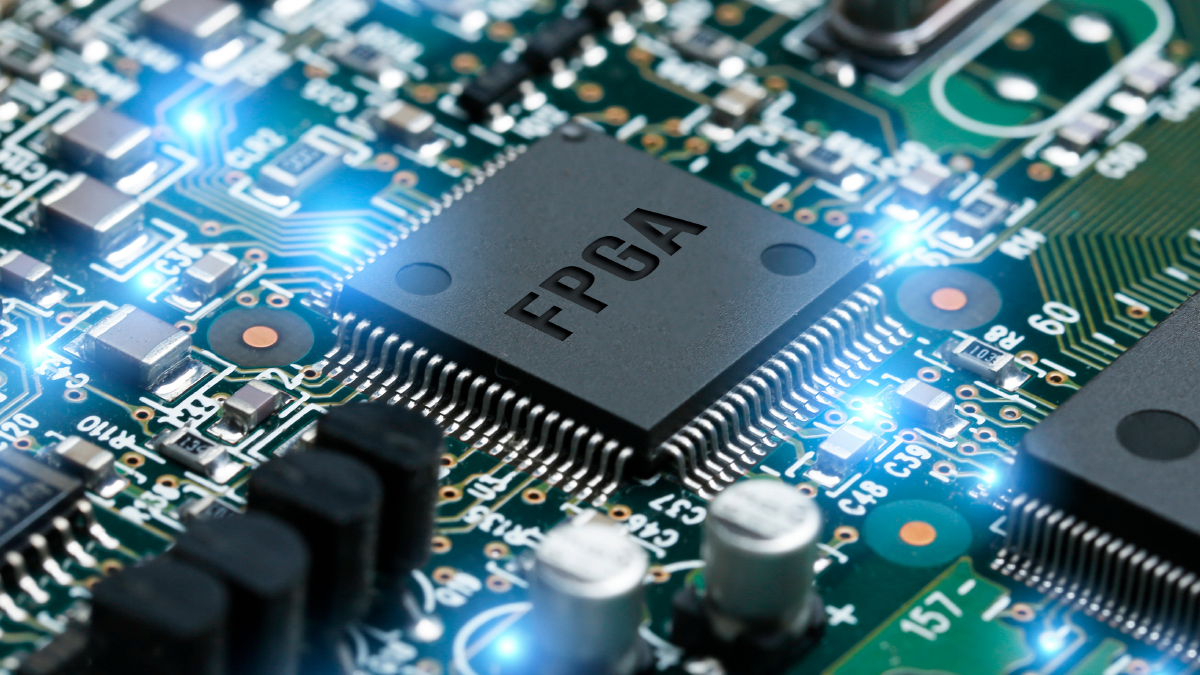
Is FPGA chip suitable for algorithm development?
Global electronic component supplier AMPHEO PTY LTD: Rich inventory for one-stop shopping. Inquire easily, and receive fast, customized solutions and quotes.
FPGA (Field-Programmable Gate Array) chips are highly suitable for certain types of algorithm development, depending on the requirements of the application. Here’s a breakdown of when and why FPGAs are a good choice:

Advantages of FPGA for Algorithm Development
-
Parallel Processing
-
FPGAs excel at parallel computing, allowing multiple operations to run simultaneously (unlike CPUs/GPUs, which rely on sequential or SIMD parallelism).
-
Ideal for real-time signal processing, image/video processing, and high-frequency trading algorithms.
-
-
Low Latency & Deterministic Timing
-
FPGAs provide hardware-level timing control, making them perfect for ultra-low-latency applications (e.g., financial trading, industrial automation).
-
-
Energy Efficiency
-
For specialized algorithms (e.g., encryption, AI inference), FPGAs can be more power-efficient than GPUs or CPUs.
-
-
Reconfigurability
-
Unlike ASICs, FPGAs can be reprogrammed for different algorithms post-deployment, making them flexible for prototyping and iterative development.
-
-
Custom Hardware Acceleration
-
FPGAs allow hardware-optimized implementations of algorithms (e.g., custom DSP blocks, neural network accelerators).
-
When to Use FPGA for Algorithm Development?
-
Real-time processing (e.g., radar, medical imaging, 5G signal processing).
-
High-throughput, low-latency applications (e.g., algorithmic trading, networking).
-
Embedded systems where power efficiency matters (e.g., drones, IoT edge AI).
-
Prototyping before ASIC development.
When NOT to Use FPGA?
-
Highly sequential algorithms (CPUs/GPUs may be better).
-
Rapid software-based prototyping (FPGA development requires HDL/VHDL/Verilog or HLS expertise).
-
Cost-sensitive mass production (ASICs may be cheaper at scale).
FPGA vs. GPU vs. CPU for Algorithms
| Feature | FPGA | GPU | CPU |
|---|---|---|---|
| Parallelism | Fine-grained (bit-level) | SIMD (thread-level) | Sequential (low parallelism) |
| Latency | Ultra-low (ns-µs) | Moderate (µs-ms) | High (ms) |
| Power Efficiency | Excellent (for fixed logic) | Good (for parallel tasks) | Poor (for heavy compute) |
| Flexibility | Reconfigurable | Fixed architecture | Fixed architecture |
| Development Time | Longer (HDL/HLS) | Faster (CUDA/OpenCL) | Fastest (C/Python) |
Popular FPGA Use Cases in Algorithm Development
✔ AI/ML Inference (e.g., Xilinx DPUs for edge AI)
✔ Digital Signal Processing (DSP) (e.g., radar, wireless comms)
✔ Cryptography (e.g., high-speed encryption/decryption)
✔ High-Frequency Trading (HFT) (sub-microsecond latency)
✔ Computer Vision (real-time object detection)
Conclusion
FPGAs are excellent for algorithm development when:
Low latency, high throughput, or power efficiency is critical.
The algorithm can be parallelized efficiently in hardware.
The cost and development time justify the performance gains.
For software-centric or rapidly evolving algorithms, GPUs or CPUs might be more practical. However, for hardware-accelerated, real-time, or embedded applications, FPGAs are a powerful choice.
Related Articles
- ·The best MCUs/MPUs for industrial humanoid robots
- ·What are the advantages and disadvantages of using SoCs in embedded systems?
- ·What are the differences between FPGA and DSP processors for signal processing?
- ·Digital Signal Processors vs x86 Architecture, What's the Different?
- ·How to become an FPGA engineer? Which FPGA board and program are suitable for beginners?
- ·How to Generate Low Clock Frequencies in FPGA?
- ·Advantages and Disadvantages of PLDs (Programmable Logic Device), What's the Different Between PLD and CPLD.
- ·How to Use DDR Memory with FPGA for DSP Application?
- ·Application of Embedded Systems in Aerospace and Defense Fields
